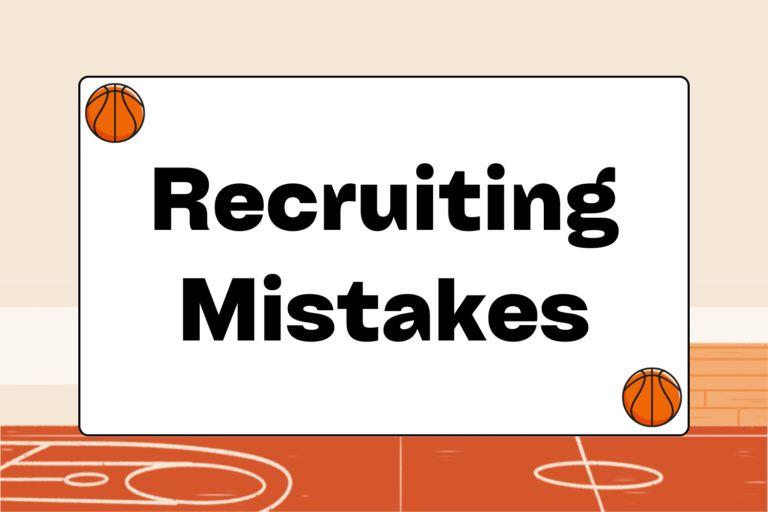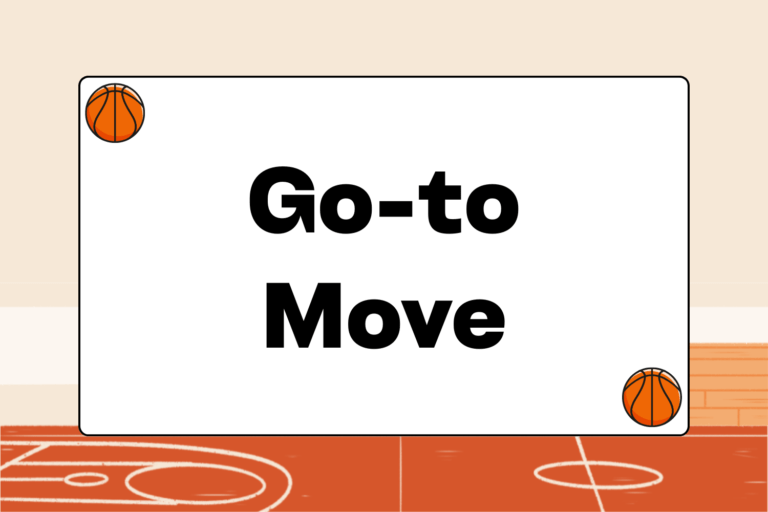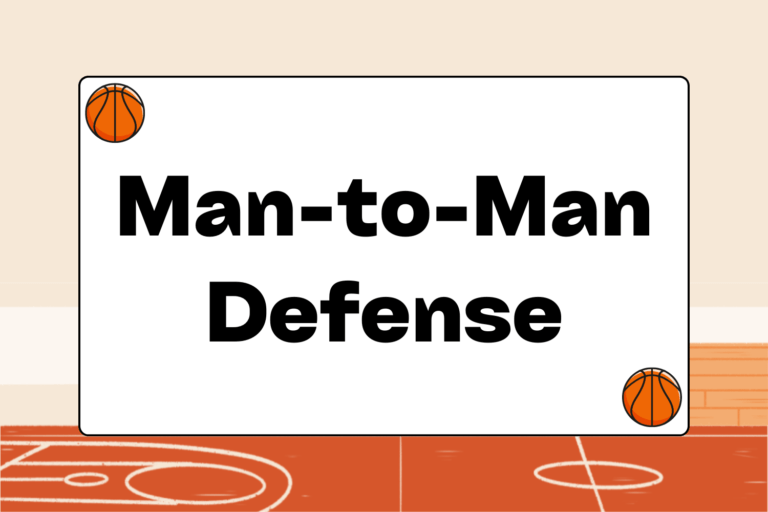When executed correctly, the pick-and-roll is a deadly offensive basketball weapon. As a result of its sky-rocketing popularity in the early 1990s, the pick-and-roll became the go-to offensive maneuver for many NBA teams. Still, many players and coaches struggle to contain this simple, yet highly effective, play.
The fact that the best players in the world have trouble stopping the screen-and-roll proves how difficult it can be to defend. Fortunately, this guide is packed with tips to make defending this play a bit easier.
Anatomy of the Pick & Roll
The pick-and-roll is a basic play in which the ball handler and a fellow teammate (the screener) work in conjunction on offense. To execute the play, the ball handler will advance towards the screener, whose job is to block or delay the ball handler’s defender by standing in the defender’s path.
Once the pick (or screen) is set, the handler can pursue several options:
- Pass the ball to the teammate who set the pick and is now rolling towards the basket.
- Take the open jump shot.
- Drive to the basket.
- Pass the ball to another teammate who may be open.
Defending the Unstoppable
The purpose of the pick-and-roll is to create high-percentage shot opportunities for the offense. With that in mind, it’s important to remember that defending the pick-and-roll doesn’t necessarily mean preventing the offense from scoring. Defense is about limiting the number of high-percentage shot attempts an offense takes. Forcing a team to take a low-percentage shot — or a shot they don’t want to take — is a job well done.
Determining which options to take away when defending the pick-and-roll depends largely on the strengths and weaknesses of the offensive players. In other words, if you know a ball handler is an especially talented shooter, the defensive strategy needs to account for that. Every team’s offense has different strengths with their pick-and-roll, and knowing this information about the opponent is invaluable for the defense.
Here are a few options for defending the pick-and-roll:
Jam the Screener
The pick-and-roll is hard enough to stop in itself, but there are two mistakes defenses commonly make even if they see the play coming:
- As the ballhandler uses the screen and drives through the lane, defenses often leave a man wide open in the corner for a spot-up jumper.
- The defense anticipates the pick-and-roll too early: On occasion, the ballhandler avoids the screen and cuts back in the other direction.
Don’t get caught leaving an entire side of the lane wide open.
This defensive strategy focuses on containing the player who sets the screen. Because minimal attention will be given to the ball handler after the pick is set, this method is most effective when the ball handler is not a great shooter.
To execute this method, the defender will closely trail the screener until the pick is set. Once the screen is in place, the defender will pressure the screener to prevent him from rolling towards the basket. In essence, the defensive player will set a back pick on the offensive screener. The defender guarding the ball handler will stay on him throughout the play, and will maneuver around the screen by going underneath it.
Up & Over
The goal of the up-and-over strategy is to delay the ball handler just enough to allow the on-ball defender (the player guarding the ball handler) to recover. This method will leave the player who set the screen unguarded momentarily, so this is not a great strategy to use if the screener is a dominant scorer.
To execute the up-and-over, the off-ball defender will wait until the dribbler approaches the screen. When the ball handler is approximately one step away from the pick, the off-ball defender will quickly move up the court two or three steps (leaving a small window between himself and the pick). This will hopefully cause the dribbler to pause briefly or change direction. This should be enough time for the on-ball defender to get back into optimal defensive position.
Up & Under
The up-and-under technique is very similar to the up-and-over technique. The difference between the two is the path of the on-ball defender. In the up-and-over method, the on-ball defender’s path is over the screen, whereas in this method, the defender will travel under the screen. This method should be used to prevent a player who likes to penetrate off the dribble.
To execute the up-and-under defense, the off-ball defender will take a large step up from the player he’s guarding as the dribbler comes close to the screen. This will hopefully cause the ball handler to pause or change directions, thus allowing the on-ball defender to travel under the screen and meet the dribbler on the other side of the pick.
Defense Wins Games
As you can see from the options outlined above, there are several ways to defend the pick-and-roll. Which method or philosophy you choose to implement will depend on your personal defensive philosophy and the strengths of your opponents. It goes without saying that not even the best-designed techniques can always stop the opponent from scoring. But correctly executing the strategies above will force the opponent to take contested shots, and that’s ultimately a win for the defense.





